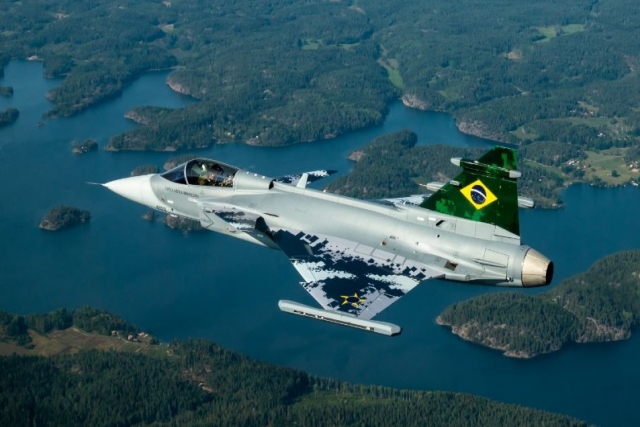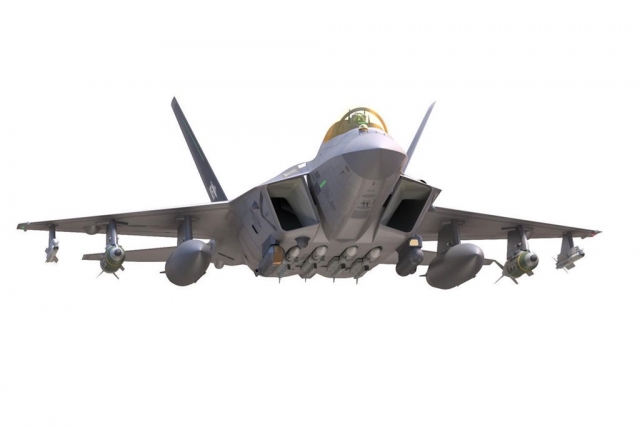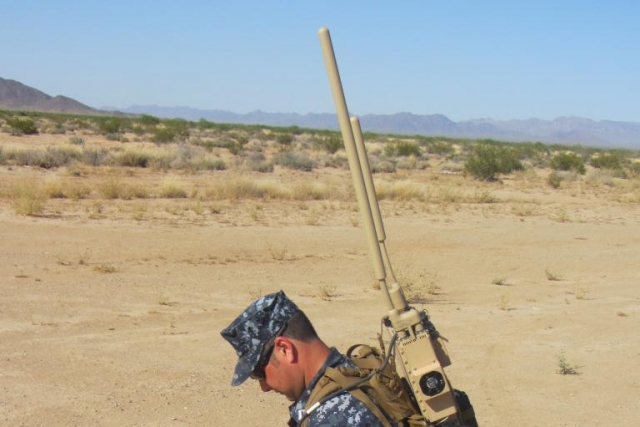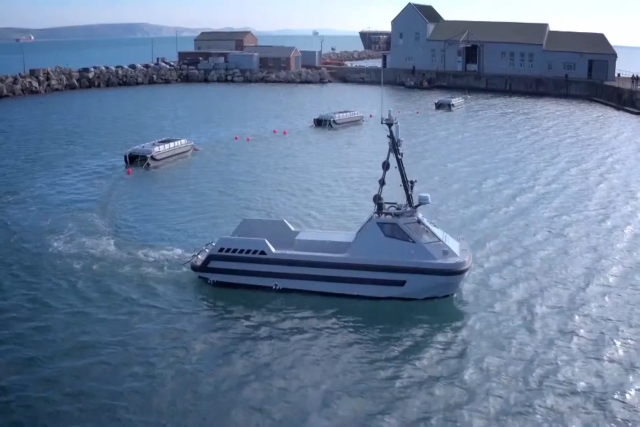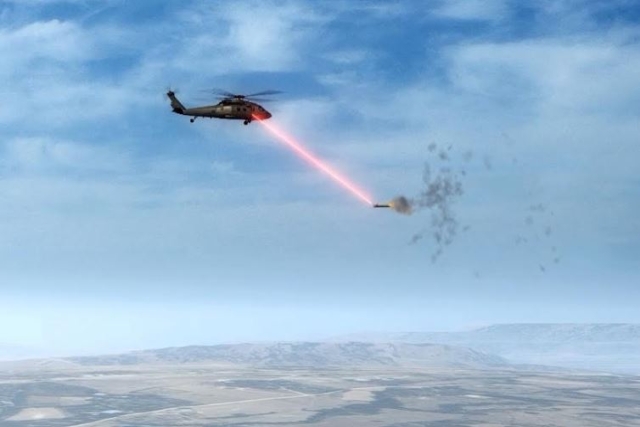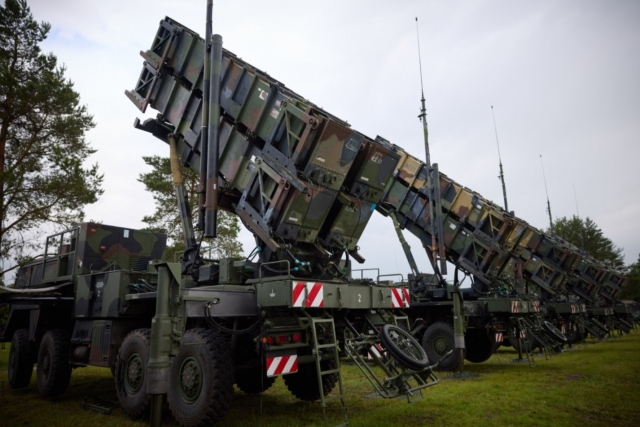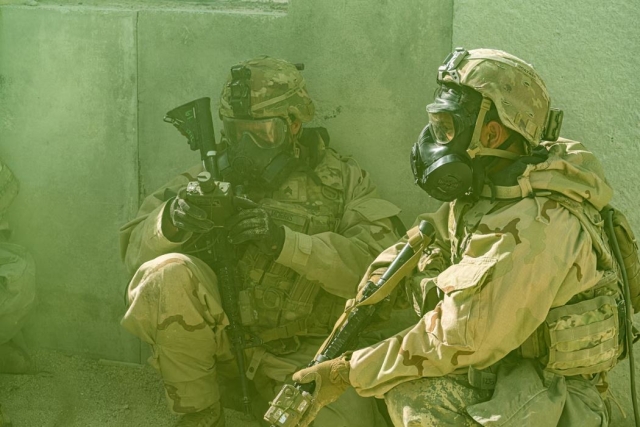MBDA Missile & Saab’s Radar System Integrated Into Northrop IAMD Battle Command System
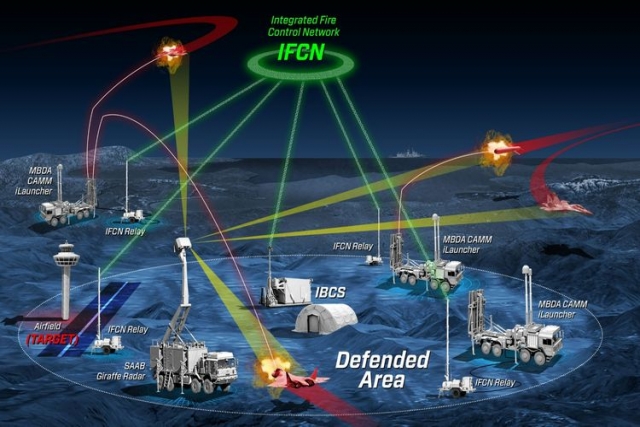
European MBDA’s Common Anti-air Modular Missiles (CAMM) and Saab’s Giraffe radar systems have been integrated into Northrop Grumman’s Integrated Air and Missile Defense (IAMD) Battle Command System (IBCS).
CAMM was the first non-US missile system to be demonstrated with IBCS earlier this year, and Giraffe represents the first non-US sensor system to be demonstrated, Northrop said in a statement Tuesday.
This could be the first real-competitor to the Russian S-400/Pantsir IMAD system.
The three companies demonstrated rapid and functional integration during simulated threat scenarios that included simultaneous engagements. Simulated air targets were fed to the Giraffe radar emulator, which passed the radar information to IBCS to assess and track threats. IBCS operators planned and executed optimized engagements based on that data using the CAMM missile emulators which engaged multiple threats simultaneously. IBCS then closed the loop by displaying the outgoing missiles detected and reported by the Giraffe emulators. The event successfully demonstrated both Distributed Fire Direction and Advanced Integrated Fire Control engagements.
“Building on lessons learned from the CAMM family integration, we were able to integrate the Giraffe radar onto the IBCS network even more rapidly and cost effectively, continuing to demonstrate the dynamic and flexible nature of IBCS’s open architecture in adding capabilities when and as needed,” said Bill Lamb, director, international battle management, Northrop Grumman. “Together we are creating a revolutionary IAMD enterprise that maximizes the combat potential of all sensors and weapons across all domains and fills gaps in today’s air defense capabilities.”
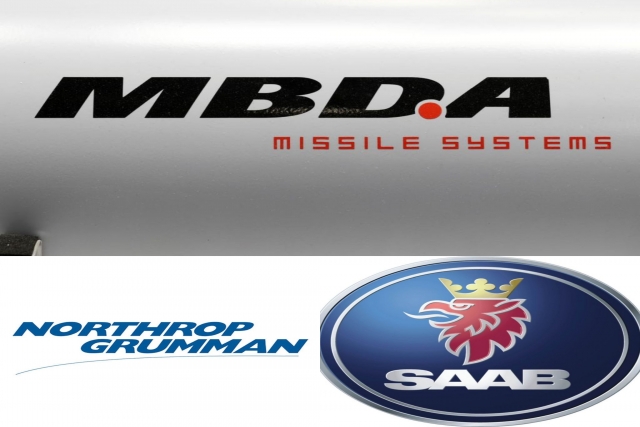
MBDA’s CAMM family is the next generation of air defense missiles for multi-domain applications. Designed to defeat the most challenging of modern and future threats, including saturation attacks by precision-guided munitions and maneuvering high-speed missiles attacking simultaneously from multiple directions, the CAMM family of missiles feature a solid-state active radar seeker, two way data-link, low-signature rocket motor and a 360° soft-vertical launch system.
“This represents the latest successful demonstration of the flexibility of the CAMM family, which has been designed from the ground up to operate within a modern network-centric open IAMD architecture. In this event we were able to demonstrate multiple simultaneous engagements of a full range of contemporary threats, using targeting information from networked surveillance sensors,” said Ben Newland, ground based air defence programme head, MBDA.
Saab’s Giraffe AMB radar delivers key capabilities as part of short- and medium-range surveillance and Ground Based Air Defence. It integrates powerful 3D surveillance radar and C3 functionality in one and the same system and provides forces with swift understanding of the air situation, enabling immediate and effective response to changing threats, new tactics and shifting operational conditions.
“We are delighted to see this demonstration of integration of the Giraffe radar onto the IBCS network, contributing both directly to the demonstrated “sense-assess-engage” chain and to the wider Integration Air and Missile Defense with the level of interoperability delivered by IBCS,” said Lars Tossman, vice president and head of Saab business unit Radar Solutions.
IBCS creates a paradigm shift for IAMD by replacing legacy stove-piped systems with a next-generation, net-centric approach to better address the evolving complex threat. The system integrates disparate radars and weapons to construct a far more effective IAMD enterprise. IBCS delivers a single integrated air picture with unprecedented accuracy and broadens surveillance and protection areas. With its open systems architecture, IBCS allows incorporation of current and future sensors and effectors and interoperability with joint C2 and the ballistic missile defense system.
IBCS is managed by the US Army Program Executive Office for Missiles and Space, Redstone Arsenal, Alabama.
